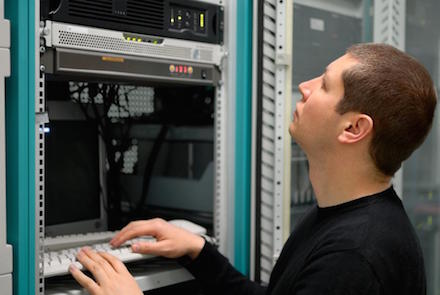This industry changes rapidly. Today, 4G networks are being upgraded to the 5G standard which makes them faster.
Each new network generation provides more advanced devices and services. As technology for cellular evolves and technology improves, old technologies will be phased out and replaced by the new generation.
1G
Since 1980, mobile network technologies have advanced both in speed and quality. Each generation brings with it distinct features, advantages as well as improvements over its predecessor.
1G was a first generation cell phone network that used analog technology. The users could only make voice calls. In the 2G generation, digital voice and SMS services were added.

- 5G added packet switch with the GPRS/EDGE technology. This set the stage for high speed apps for mobile data. Mobile data connections are limited in terms of capacity. The limitation can be imposed through data usage restrictions, caps on hotspots and video speed slowdown.
2G
In the 2G time, wireless data transmission was added to voice communication. It enabled SMS messages. Utilizing similar control mechanisms that were used for talking, data transfer allowed for text and picture messages to be sent between two phones. This viettel ho chi minh feature was so well-liked, it revolutionized how we communicate. This feature also resulted in the creation of candy bar phones like the Nokia 3210, which has been sold to more than 160 million handsets.
With 3G networks rolling across the globe, people can now access the internet via mobile devices to access websites and run basic apps. It also opened the way for the development of advanced features like HD mobile television and video conference calls.
This faster transmission of data enabled sophisticated functions like HD Mobile TV and Video Conferencing. Mobile IoT technology NB IoT and LTE-M also were paved with this technology.
3G
As the popularity of smartphones, it became evident that the 2G network was not sufficient to manage the volume of data. In order to keep up with the demands of users, it was necessary to develop new technology.
GSM networks developed from analog technology to digital in the 1990s. This was the beginning of 3G networks.
The 3G network had significantly better speeds for data transfers than the previous networks. It also allowed for the internet to be connected on mobile devices, enabling businesses to stay connected while traveling.
The final phase of the 3G time period is near, with many carriers shutting down their legacy networks to make way for 4G LTE. It will have a major impact on technology like GPS devices and alarms for homes. You can take today to prepare for the switch and maintain the equipment you have.
4G
The evolution of 4G mobile networks will change the way we communicate. The new mobile connectivity offers faster data rates, higher connection density, as well as less latency.
The 3G networks are already crowded with customers and data speeds, 4G provides the ability to provide high-end mobile gaming, HD mobile TV, video conferencing and IP telephony. It is accomplished through beamforming with analogues that are directional to boost Ricean factor SNR, RF and root mean of delays.
The smartphone is an enormous driver in the ecosystem of 4G. This device helped in making 4G an industry success. But it also will allow for smart innovations to take place in a variety of industries. They will also help to reduce costs and increase the effectiveness of companies. They will also improve the quality of life around all over the world.
5G
When newer and stronger technologies become accessible, they’ll impact our everyday life with unexpected effects. For example, 5G will be able to handle huge amounts of data with extremely low latency — which means that the buffering screen for streaming services as well as virtual reality apps could very soon be gone forever.
It is possible to get speedy 5G through millimeterwaves (mmWave). These frequencies can send more data each radio wave than other. The 5G network uses beamforming technology that focuses on the devices that produce stronger signals. It consumes less energy than previous versions of mobile networks.
The development of mobile technology will be caused by the same elements like previous generations, including more services, faster speeds and increased throughput. It may look like the changes are more drastic this time around.
